The Reading the Mind in the Eyes Test (RMET or Eyes Test for short) has been widely used to measure theory of mind—the ability to recognize and understand another person’s mental state—or social intelligence.
Basic information |
|
|---|---|
| Test items: | 36 |
| Duration: | 2–20 minutes |
| Type: | screening tool |
| Author: | Simon Baron-Cohen |
| Publishing year: | 1997 (updated in 2001) |
| Seminal paper: | Another advanced test of theory of mind: Evidence from very high functioning adults with autism or Asperger Syndrome (Baron-Cohen et al., 1997) |
| 2001 update: | The ‘Reading the mind in the eyes’ test revised version: A study with normal adults, and adults with Asperger Syndrome or High-Functioning autism (Baron-Cohen, 2001) |
2021 update |
|
| Statements: | 36 |
| Authors: | Tony Attwood & Michelle Garnett |
| Publishing year: | 2021 |
Take the test here:
NB: The 2021 update is timed, and the method used to determine the expression is recorded. This increases the significance of the results.
If you are doing this test as part of our assessment, please use the Answer sheet to record your answers (do NOT take screenshots of the test itself).
Who the test is designed for
- Adults (age 16+) with ASD level 1 or subclinical autism.
- Adults with IQ in the normal range (IQ >=80).
Versions & translations
- The RMET has been translated into multiple languages.
Instructions
The Reading the Mind in the Eyes Test consists of 36 photographs, each giving you four choices.
For each set of eyes, choose which word best describes what the person in the picture is thinking or feeling. You may feel that more than one word is applicable, but please choose just one word, the word which you consider to be most suitable. Before making your choice, make sure that you have read all four. Aim to do the task quickly and accurately—your accuracy and time taken are both scored.
-
- Once you have read the instructions, complete the practice item. Do not worry about what the answer is; the point of the practice item is for you to understand what to do.
- Now you are ready to begin the test. Start the timer and complete the 36 test items. Stop the timer once you have completed all 36 items and write the number down.
- Please do not review the scoring until the test is complete, as it will affect your scores.
Scoring
Scoring is based on 3 items:
1. The total time taken to complete the test
- Neurotypical: 2–3 minutes
- Autistic: > 3 minutes
2. Each item is scored as correct or incorrect. Total your correct items
- Neurotypical: 27.3 ± 0.5 (23–30)[1]Structural Correlates of Reading the Mind in the Eyes in Autism Spectrum Disorder (Sato et al., 2017)
- Autistic: 24.9 ± 0.7 (18–29)[2]Structural Correlates of Reading the Mind in the Eyes in Autism Spectrum Disorder (Sato et al., 2017)
3. Your process in taking the test
- Neurotypical: intuitive
- When you ask an NT how they arrived at the answers, they will most often say that they just knew what the expression was
- Autistic: systemizing
- When you ask an autistic about the answers, they will usually say that they based them on their knowledge of facial expressions. They may say they guessed or that they used a process of elimination
Performance
In the table below, you can see the performance on the Revised Eyes Test and the AQ, according to a paper by Baron-Cohen et al. (2001).[3]The ‘Reading the mind in the eyes’ test revised version: A study with normal adults, and adults with Asperger Syndrome or High-Functioning autism (Baron-Cohen et al., 2001)
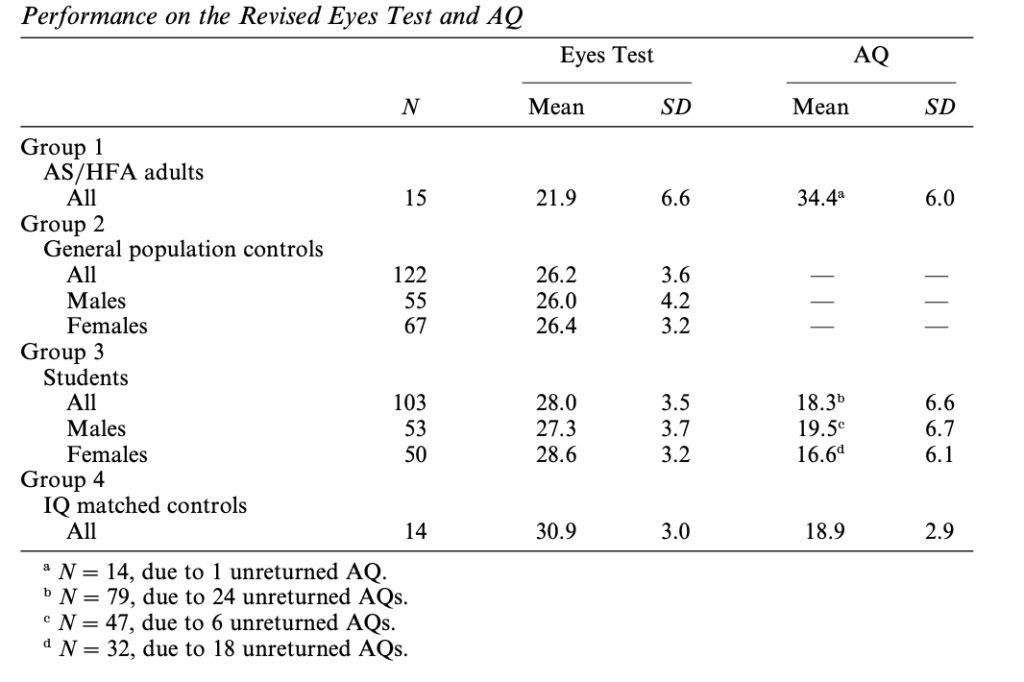
Research by Sato et al. (2017) shows a performance of 24.9 ± 0.7 for autistics, and 24.9 ± 0.7 for neurotypicals—with typical ranges of 18–29 vs 23–30.[4]Structural Correlates of Reading the Mind in the Eyes in Autism Spectrum Disorder (Sato et al., 2017) Note that the two ranges overlap, but the greater point is that autistic people score lower on the RMET on average.
Validity
The RMET is a reliable instrument to assist in diagnosing autistic adults. The Eyes test is reliable and stable over 1 year.[5]The “Reading the Mind in the Eyes” test: Systematic review of psychometric properties and a validation study in Italy (Vellante et al., 2013)
Discussion
Dr. Natalie Engelbrecht:
In 2021, Prof. Tony Attwood and Dr. Michelle Garnett updated the test from scoring solely based on 1. accuracy to include scoring based on 2. timing and 3. the method used to assess the emotion. These updates explain why many autistics, especially females, score well on the test. Autistics take longer to complete the test because they use systemizing rather than intuition. These differences are expressed in the longer time autistics take to complete the test and their explanation for figuring out which emotion the eyes convey.*
I scored 35/36, out of the range of both autistic and neurotypical scores. It took me 5 minutes—keeping in mind that I was likely faster as I had taken the test several times and I could remember the answer to a number of them. I interpret the expression based on my knowledge of eyes, which takes me longer. Neurotypicals know the expression intuitively.
- Happiness: Contracts the orbicularis oculi around your eyes, making your eyes smaller and contracting the muscles under the eyes, and at the sides of the eyes.
- Anger: Tightened eyelids, eyebrows lowered and drawn together. Eyes open wide and staring intensely.
- Sadness: Inner corners of eyebrows pulled down and together. Upper eyelids drooping and looking down.
- Surprise: Eyebrows raised, but not together. Upper eyelids raised, lower eyelids neutral.
- Fear: Eyebrows raised and pulled together. Raised upper lids. Tensed lower lids.
- Disgust: Lowered eyebrows, wrinkling at the bridge of the nose.
I do dislike that the test uses only caucasian faces. In addition, there seems to be gender bias in the emotions in that the male faces are more often angry faces, while the female faces are more often flirting.
Kendall:
When I did the eyes test 8 months ago, I scored 19/36. In a recent retaking, my score was 27/36. The 2nd took 12 minutes—I didn’t time the 1st. Using the process of elimination and sometimes simply guessing was my approach on both occasions. I believe my higher 2nd score is accounted for by remembering some of my initial errors.
Were word prompts not provided, 80% of the photos would be an out-and-out mystery to me. Thus, I was skeptical of the test’s workings and results. However, my score was consistent with autism. With many photos, I was close, but others were way off, for example, answering shy for 26, which is hostile. Or 29, where I answered irritated—the answer is reflective. The test is quick, straightforward, and easy to score. One of its more valuable aspects is pointing out the emotions I may need to take extra care in interpreting.
Reading the Mind in the Eyes Test
Practice
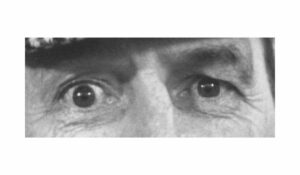
arroganthateful
1
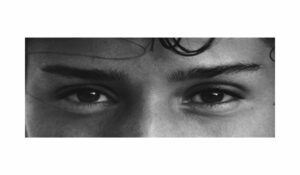
irritatedbored
2
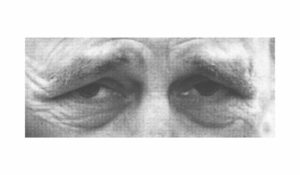
arrogant annoyed
3

desireconvinced
4

amusedrelaxed
5

worriedfriendly
6
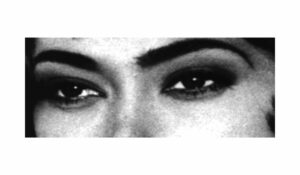
impatientalarmed
7
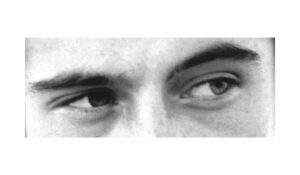
uneasydispirited
8

shyexcited
9
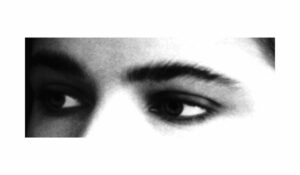
horrifiedpreoccupied
10

boredaghast
11
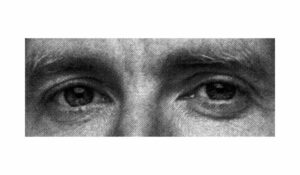
regretfulflirtatious
12
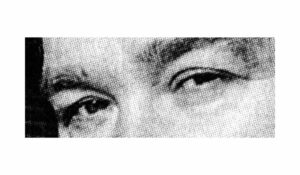
skepticaldispirited
13

threateningshy
14
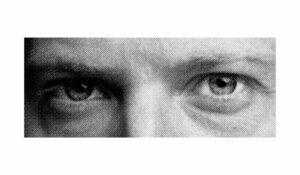
depressedaccusing
15

encouragingamused
16

encouragingsympathetic
17

playfulaghast
18

aghastbored
19
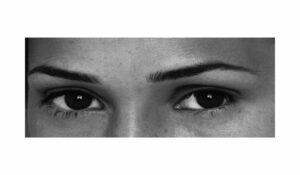
sarcastictentative
20
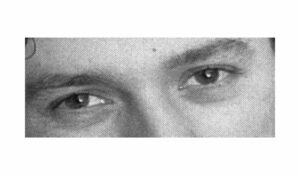
guiltyhorrified
21

confusedpanicked
22

insistingimploring
23
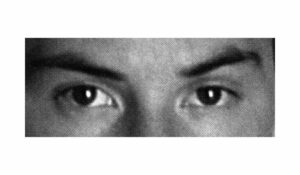
defiantcurious
24
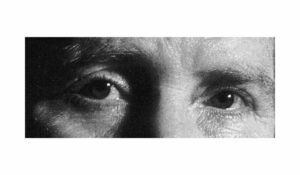
excitedhostile
25

despondentinterested
26
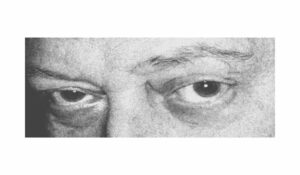
hostileanxious
27

arrogantreassuring
28

affectionatecontented
29

irritatedreflective
30
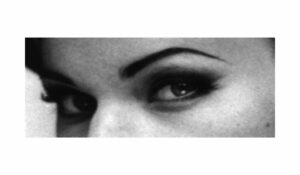
hostiledisappointed
31

jokingdispirited
32

bewilderedalarmed
33

fantasizingconcerned
34

distrustfulterrified
35

insistingcontemplative
36
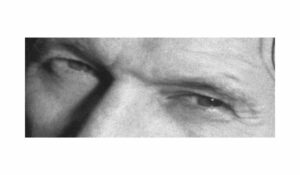
suspiciousindecisive
Answers
The table below shows the correct answers in bold and denoted with a black star (★). For easy comparison, we suggest opening this post in another window, so you can compare the table with the images of the test.
Recommended next steps
After the AQ, consider taking one of the tests below.
RAADS–R
Identifies adults who often “escape diagnosis”
due to a subclinical level presentation
CAT-Q
Measures camouflaging, and can account
for lower scores on other autism tests
Aspie Quiz
Identifies neurodivergence and
potential co-occurring conditions
Online autism tests can play an essential role in the process of self-discovery, and may inform your decision to pursue a formal diagnosis. For a formal assessment, please see a knowledgeable medical professional trained in assessing autism.
If you are looking for an autism assessment,
Dr. Natalie Engelbrecht can offer help!
You can find more information here:
Comments
Let us know what you think!